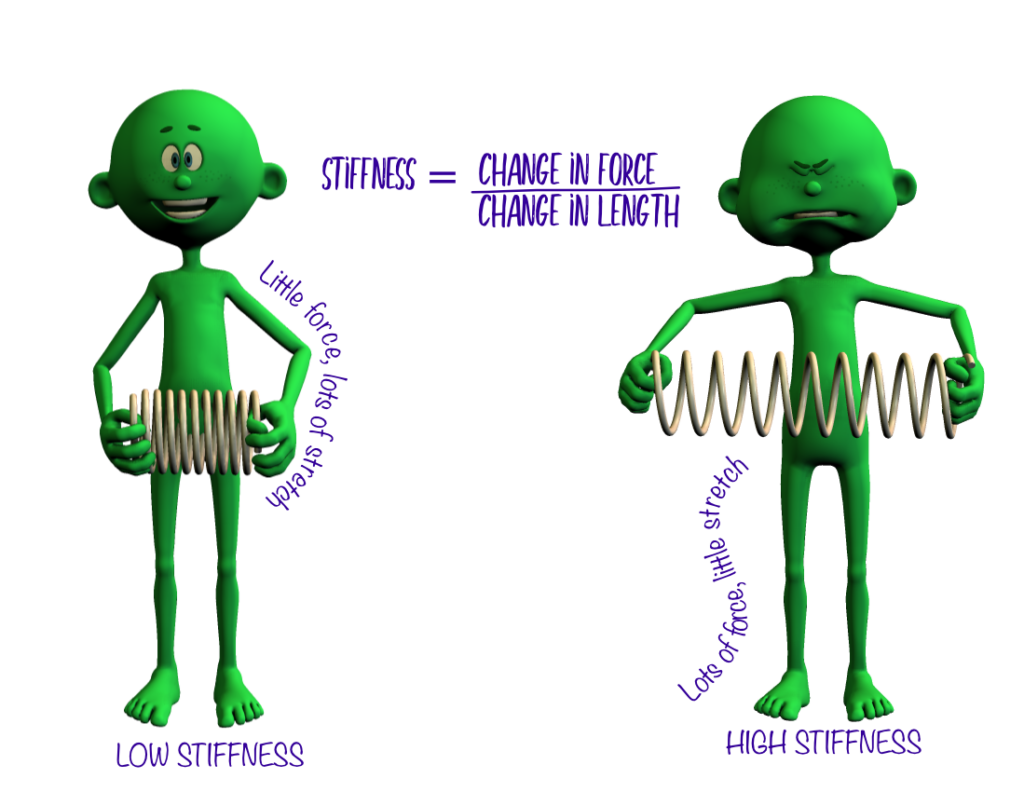Habadaptation’: Tolerating or adapting?
803 words ~ 4 mins to read
I’ve been stretching on a daily basis for over a year now; just 5 minutes and just my hip flexors and hamstrings. I’ve been doing the stretching just to test out the concept of a 5-minute habit – it works by the way! This morning I happened to pay a bit more attention to my stretching and noticed that I didn’t seem to be getting much more movement than I was 12 months ago – at least it seemed I wasn’t. I thought the whole point of stretching was to get longer and more pliable muscles! I know there are theories that additional sarcomeres are laid down in series (sarcomerogenesis) so that a muscle becomes longer, and I know some think there are changes in the tendon and connective tissue within a muscle, and I’ve certainly seen people improve their flexibility with stretching. It’s just that I’ve always been curious as to what could possibly change when you stretch regularly. Anyway, it brought to mind a study from the early 90’s (Halbertsma & Goeken, 1994). That study examined the effects of 4 weeks of hamstring stretching (10 minutes twice daily). They measured the stiffness (see the box and diagram) of the musculotendinous unit (MTU) and the changes in range of motion or flexibility, using an instrumented straight leg raise measurement.

Logically you would expect the hamstrings to lengthen and the MTU stiffness to be reduced with the repetitive stretching, thus permitting a greater range of motion. These researchers, in fact, found only a modest increase in the range of motion (mean 5°) and that the MTU stiffness was pretty much unchanged. They concluded that the only reason that their participants were able to stretch further after 4-weeks was that they had learned to tolerate the discomfort of stretching. Hmmm?? I thought I’d better check that improved understanding and technology in the last 25 years hadn’t discredited those 1994 findings, but it turns out they hadn’t! I found an interesting paper (Muanjai et al, 2017) that compared stretching to the point of discomfort (POD; my kind of stretching!) with stretching to the point of pain (POP); just a single stretching session, hamstrings again and 8 sets of 30s stretches. Although the POP group stretched 18 degrees further during the actual stretching exercises when tested both the POD and POP groups had improved their hamstring flexibility by ~10%. There were no significant differences in the MTU stiffness over time or between groups. And bad news for the ‘no pain, no gain’ brigade (not me; not a fan of pain!) – there was no real benefit (although no real harm) to stretching to the point of pain. These authors concluded that the observed improvements in flexibility had nothing to do with changes in the MTU stiffness and were more likely due to participants being more tolerant of the stretching related pain and discomfort!
So that ‘tolerance’ theme really gets me thinking; what if we are deluding ourselves that our exercise prescriptions are stimulating physiological and physical adaptations? What if your client hasn’t actually gotten any stronger, but they are simply overriding the pain and discomfort and ‘muscling’ that bar up? I hinted at this idea in a previous blog (Exercising into the (un)known) where I wondered whether we might be able to override teleoanticipation and push closer to our limits. Hureau et al (2018) describe a human ‘sensory tolerance limit’ as a global negative feedback loop that reacts to feedback from muscles (even the respiratory muscles) and can ‘decide’ for us that continuing to exercise is just too unappealing, and so we bail! Exercise conditioning may be raising/resetting that sensory tolerance limit rather than provoking physiological adaptations. So the burning question for me is how do we know when we are observing a physiological adaptation or a behavioural adaptation (Rankin et al, 2009)? I’m certain that physiological adaptations do occur, but can we be confident that they are occurring in everyone who exercises? How do we know adaptation from habituation? What does that mean for training, for rehabilitation? I’m really not sure – maybe some of those fitness tests/physiological measures that we may have lost faith in because they didn’t adequately reflect performance potential, could provide some additional insight into this puzzle? Not worth stressing over, but fascinating to contemplate!
Best, Phil
Selected references:
- Halbertsma, J.P.K, Goeken, L.N.H. (1994) Stretching exercises: effect on passive extensibility and stiffness in short hamstrings of healthy subjects. Arch Phys Med Rehabil 75;976-981.
- Hureau, T.J.,Romer, L.M., Amann, M. (2018) The ‘sensory tolerance limit’: A hypothetical construct determining exercise performance?, European Journal of Sport Science 18(1); 13-24,
- Muanjai, P. et al (2017) The acute benefits and risks of passive stretching to the point of pain. Eur J Appl Physiol 117;1217–1226
- Rankin, C.H. et al (2009) Habituation revisited: An updated and revised description of the behavioral characteristics of habituation Neurobiology of Learning and Memory 92;135–138
